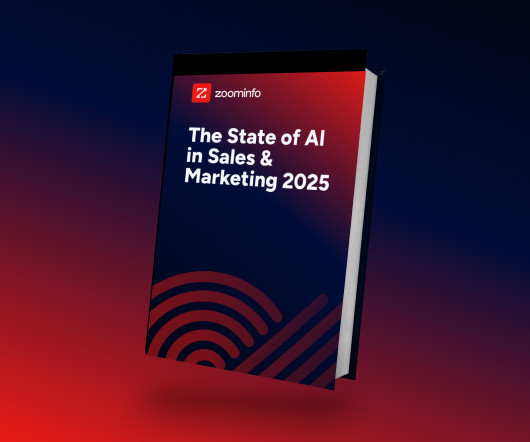Recruiters Reveal How to Land Dream Supply Chain Jobs
Supply Chain Opz
OCTOBER 10, 2014
'According to O*NET OnLine, a supply chain manager earns $103,530 per year in average. Are you already on top of your game or there are something holding you back from reaching your fullest potential? This article will show you the best career advice from top supply chain recruiters. Background A couple of weeks ago we asked recruitment experts a simple question: We believe you may get many pieces of career advice from family and friends but you don''t even know that they''re now irrelevant.



















Let's personalize your content